Over the course of two scientific meetings, held in 2022 and 2023, German astronomers have collected 41 highly compelling science cases involving 57 unique authors from 19 German institutions, all aspiring to use the ngVLA.
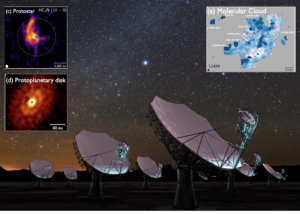
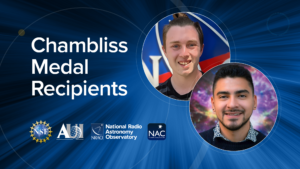
NAC Student Researchers Receive Prestigious Chambliss Medals at AAS 243
Two student researchers from the National Radio Astronomy Observatory’s National Astronomy Consortium (NAC) program were each awarded the prestigious…
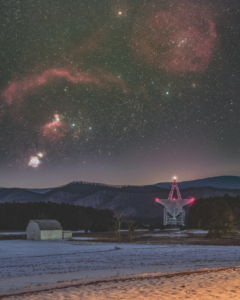
Can Astronomers Use Radar to Spot a Cataclysmic Asteroid?
How can humans protect the Earth from “devastating asteroid and comet impacts?” According to the National Academies and their…
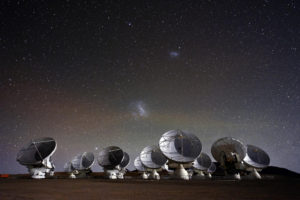
ALMA Gets a New Heartbeat
The Atacama Large Millimeter/submillimeter Array (ALMA) has just received a “heart transplant,” high in the Atacama Desert in Northern Chile. ALMA, the most complex astronomical observatory ever built on Earth, installed a new hydrogen maser. Funded by the National Radio Astronomy Observatory (NRAO), this upgrade marks an essential investment, setting a new standard in reliability for observations.
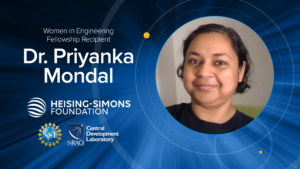
First Recipient of Women in Engineering Fellowship Joins Staff of Central Development Laboratory
Following a generous grant from the Heising-Simons Foundation, the Central Development Laboratory (CDL) at the National Science Foundation’s (NSF) National Radio Astronomy Observatory (NRAO) has selected their first recipient of the postdoctoral Women in Engineering fellowship, Priyanka Mondal. The Women in Engineering program increases opportunities for women to enter the field of radio astronomy through engineering pathways.

COSMIC: SETI Institute Unlocks Mysteries of the Universe with Breakthrough Technology at the Very Large Array
In a groundbreaking cosmic quest, the SETI Institute’s Commensal Open-Source Multimode Interferometer Cluster (COSMIC) at the Karl G. Jansky Very Large Array (VLA) is expanding the search for extraterrestrial intelligence (SETI). This cutting-edge technology is not a distinct telescope; it’s a detector. COSMIC searches for extraterrestrial signals and paves the way for future science using a copy of the raw data from the telescope’s observations.





